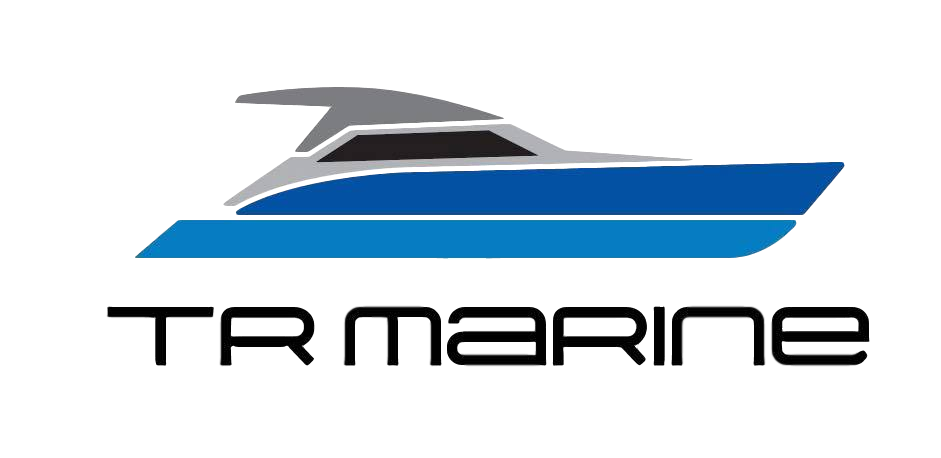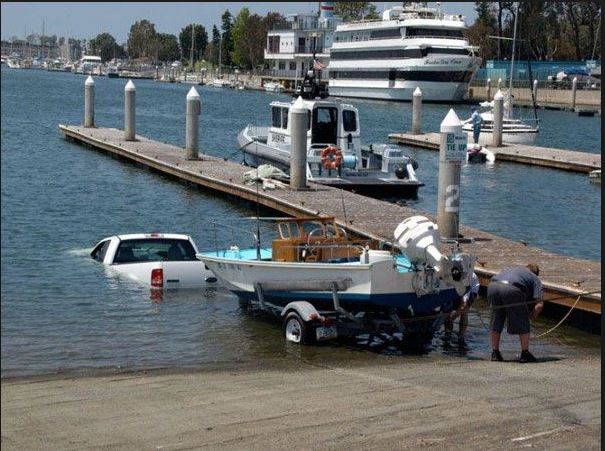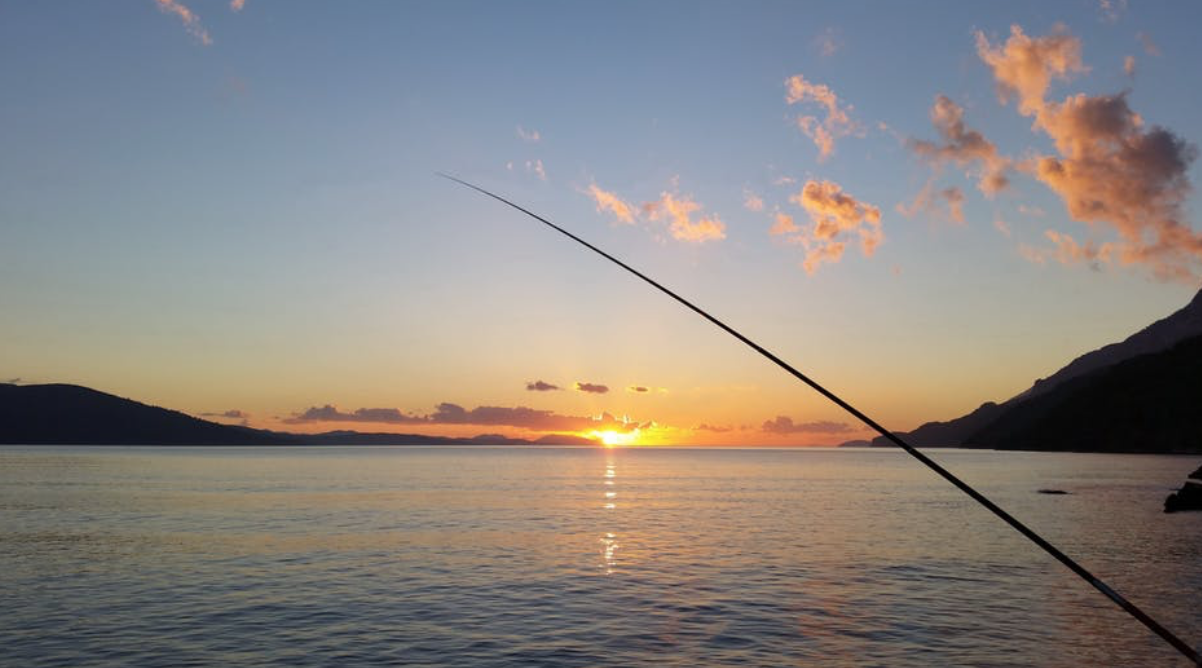The Virgin Boaters Guide to Boating: The Basics of Boating Lingo, Part 1: The Very Basics.
Read More
Lake Macquarie is one of the best coastal waterways in Australia so the popularity of the area as a destination for the boating community comes as no surprise.
Many of residents of the Lake Macquarie area have grown up on the lake, and boating comes as second nature, but if you were counted among the not-so-lucky, and are just now discovering the wonderful world of boating, you have likely come face to face with the extensive lingo and jargon associated with boats.
On the lake you will find all manner of boaties. Boaties fall into two major categories, there are countless sub-groups but every boater falls into one of two categories, Power Boaters, and Yachties.
Powerboaters range from the die-hard tinnie fisherman, to the luxury ‘...it’s bigger than my house…’ Motor Yacht Captain, while Yachties, or Sailors, can fall anywhere between the “I hate paying for fuel, wind is free” social cruiser to the “spends 6 month salary on a new kite to gain .02 knots (estimated)” Yacht Racer. Depending on which group you fall into, you will have your own specific lingo, including many colourful names for the other group.
Boaties of all kinds love having special names for ordinary things on their boats, and when you realise that a simple rope can be called a line, a sheet, a halyard, a painter, a downhaul or a warp (just to name a few), you realise just how much lingo there really is.
When you are a boating virgin who is very keen to get going but has no idea what’s going on, the lingo can be daunting. Fear not! We will be lifting the salty-sea-fog shrouding the basics of boating lingo in this series of blogs, aimed right at you, the novice boater. If you are a seasoned-old-salt and already know everything, have a read anyway, you might not learn anything, but hey, at least your reading!
The Absolute Basics
If you are completely green to boats and boating, and have no idea about even the most basic boating concepts and terminology, it can be quite embarrassing. Here we will start at the very beginning, answering the questions that feel too stupid to ask, but you need answers to anyway.
Port
The left side of the boat, when looking forward, which typically has a red light. Think of Port as in the drink, it’s red, Port side is red. Port has four letters, Left has four letters, Port is Left. Left. Red. Port. Left. Ok, I think you get it.
Starboard
The right side of the boat, when looking Forward, which typically has a green light. Basically it’s the one that isn’t Port. Port and starboard are used on boats in place of right and left to avoid the “my left or your left” confusion when conveying hasty instructions. Don’t be that guy calling out right and left on a boat, especially when you are facing someone.
Bow
The front of the boat, Bow ties are worn on the front? That might be a stretch, just remember Bow is the front, where the anchor is, the anchor is the boat’s Bow tie, done.
Stern
The back of the boat, the one that isn’t the Bow.
These four labels will save you much of the confusion when speaking to Fuel Wharf Attendants, Bridge Operators, and Marina Managers who insist on giving instructions like “Come in Stern-in port-side to”, “Bring your bow around to Starboard” and other such coded phrases.
Berth/Pen
Much like a car parking space, a berth is located in a marina and may have a floating pontoon alongside to make boarding the vessel easier. Berths often have power and water available through a pedestal on the marina. This type of walk-on walk-off berth hugely increases the chance of using the boat, because it removes many of the hassles of falling out of the dinghy and being immediately eaten by sharks. I hate that.
Mooring
Also called swing moorings these are ropes attached to large weights on the bottom of a body of water. They have a floating buoy which allows you to retrieve the rope and secure your vessel.
While on a mooring the boat behaves just like it would at anchor, and you will require a dinghy (or a swim) to get back to shore. This is the most economical (read: cheap) option for storing a boat too large for a trailer, and also works great for showing off your boat from your spacious balcony when you are ‘waterfront property’ rich, but not quite ‘waterfront property with a deep water jetty’ rich.
Cleats
Cleats are specially shaped fixtures on boats and marinas designed for temporarily attaching ropes to. They come in many styles and designs and can be made from, wood, plastic or metal. When tying a boat to a dock, ropes should only be attached to the cleats and not any other part of the boat. If you tie a boat up by its handrail, life-line or any other non-structural part of the vessel, you are basically saying “I want to keep this part, and not the rest of the boat”. Don’t do it.
Bilge
The bilge is the lowest part of the interior of a boat. It is often under floor boards or a hatch. This is good because the bilge is not a pleasant place, you don’t call someone a bilge rat as a compliment do you?
The bilge is the area the water that gets inside the boat collects in, and is the location of the bilge pump. Your bilge pump is very important to prevent your boat from sinking from rain water or slow leaks. Most bilge pumps are attached to float switches so they turn on and pump out any water that finds its way into the bilge. You should check the function of your bilge pump often, particularly if your boat is on a mooring. A good way of knowing your bilge pump needs replacing is when only the top of the boat’s mast is showing above water.
Bilges usually have a three way switch with ‘On-Off-Auto’ as the settings. Always leave the pump set to auto, unless you have a very good reason. Leaks are rarely kind enough to wait for you to be on the boat.
This concludes part one of the Basics of Boating Lingo Guide. Check back for part two soon. In the meantime why not contact us to find out how to keep your boat looking its absolute best, all year round. We are a full-service boat detailing operation, but that is not all we do. We can also help with organising maintenance slipping, mechanical work, and boat handling lessons, including docking and tie-up procedures. Contact us at info@trmarineservices.com.au to find out more.





